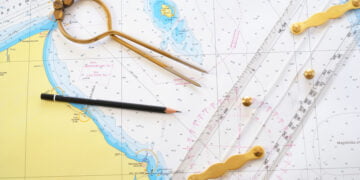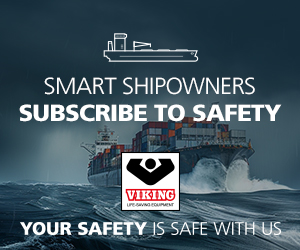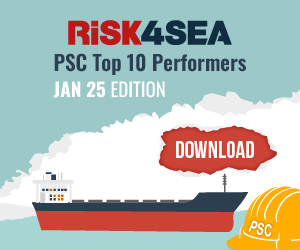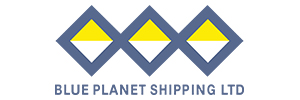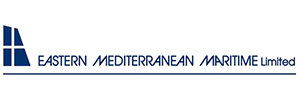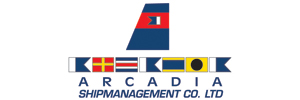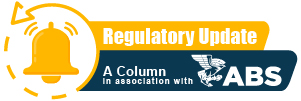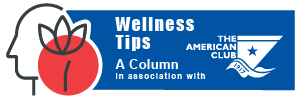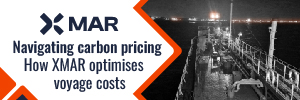In its latest Safety Digest, UK MAIB references a case in which a line handler was seriously injured during mooring operations after a mooring line snagged on a vertical post.
A cruise ship was arriving into port on a windy day and was starting to run the mooring lines to the waiting line handlers. On the jetty next to the aft end of the ship, there were two vertical posts used to guide chains from offshore vessels as they were offloaded. The horns stood about 1m tall and were spaced about 3m apart.
The cruise ship ran two stern lines ashore. The waiting line handlers hauled the first mooring line ashore, leading it between the two vertical posts and placing its eye on a bollard set back from the edge of the jetty (Figure 1).
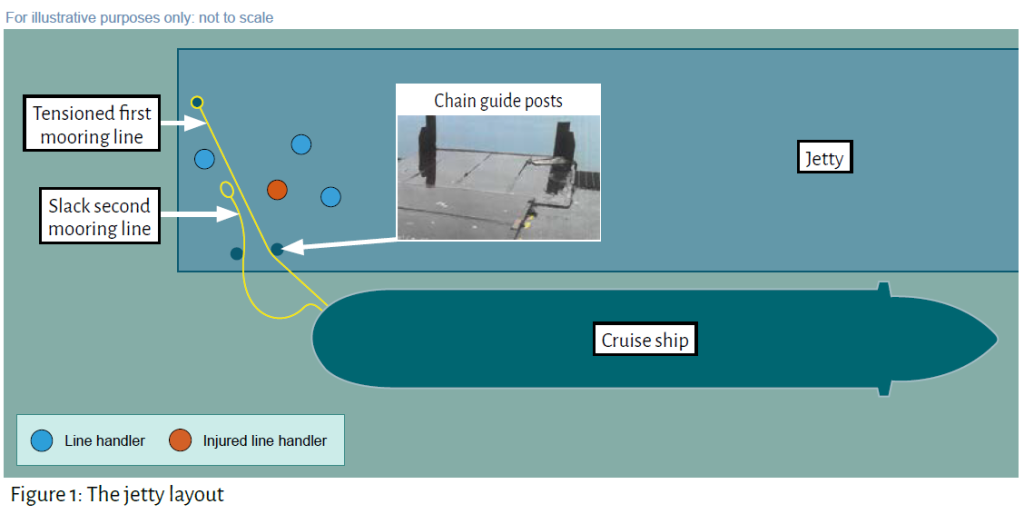
The line handlers then hauled in the second mooring line and were pulling the eye towards the bollard as the ship started to tension the first mooring line. One of the two line handlers pulling the second mooring line stepped backwards over the first mooring line as it came tight on the post. Two of their colleagues spotted the hazard and moved away from the rope under tension. However, the line handler who had stepped back over the first mooring line was focused on the task at hand, had their back to the vertical post and the ship, and did not see the danger.
The first mooring line slipped up the vertical post and held briefly at the top before releasing, striking and lifting the line handler into the air, causing serious injury. It took 5 seconds for the mooring line to snag on the vertical post and then release.
Lessons Learned
-
Aware → Everyone involved in the dynamic environment of mooring operations should recognize the hazards posed by heavy lines that are moving and coming under tension. Be alert to the ever-present danger of snap-back on mooring decks and ashore, and take appropriate steps to avoid being in a snap-back zone when mooring lines are under tension.
-
Monitor → Although this accident happened ashore, the mooring line was tensioned by the ship. It is vital that the movement of the mooring lines is monitored so that action can be taken if a snag occurs or if someone is spotted in a dangerous position. In this case, there were 5 seconds between the line snagging and releasing, during which the accident could have been averted by stopping the winch.
-
Plan → The mooring line became snagged because it was led between the vertical posts. To mitigate the risk of snagging during hauling, it is essential to have a plan for running the slack mooring lines ashore that considers how they will move under tension.





























